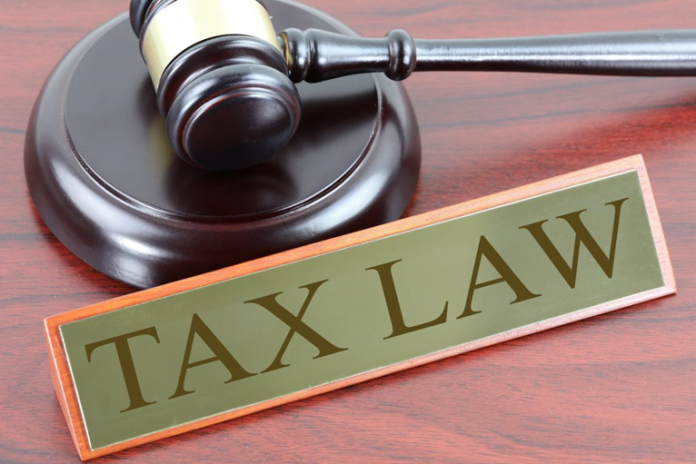Keeping up with your taxes and ensuring you pay up and not owe the government can be challenging. It becomes increasingly difficult when you have certain tax issues like return errors, underreported income, unpaid fees, penalties, and so on. If you are doing your taxes by yourself, the chances of running into these problems are significantly higher. This is why you need to hire a professional tax attorney to handle your taxes.
However, if you have already fallen into any IRS tax problem, you can still hire a tax attorney to help you get out of it. Opting for an attorney within your area is often the best move. For instance, if you live in Raleigh North Carolina, it’ll be best to hire a tax attorney in Raleigh NC as this would make the process more convenient for you. There are so many resolution methods that your attorney can employ to help you get out of your tax issues; in this article, we will be discussing five of them to help you know what to expect and choose.
File Returns
Perhaps, the easiest tax resolution path is properly filing one’s tax returns. This is because you may have debts because of interest and penalties on missing and late returns. Filing your returns on time and error-free will help you address the issue before it becomes something even bigger. Instead of doing this yourself, get an attorney who will properly carry out the task for you.
Installment Agreement
IRS allows eligible taxpayers to pay their debt in monthly installments for a specific period that is sometimes up to 6 years. This option is known as a payment plan or installment agreement. This resolution path is a very feasible option for most taxpayers because it allows them to split their debt into smaller amounts that are easier to manage. This way, you will not be choked on the financial burden of your debt as you will gradually pay it off over an extended period.
Furthermore, this method makes it easier for you to prevent additional costs by avoiding past due payment fees and penalties. This plan can either be short-term or long-term; you can visit https://www.miamiherald.com/ to learn more about the IRS installment agreement. The important thing is to keep to the terms of the agreement if you choose this path. Once you have paid off your debt, the IRS will release you from the tax liens that were imposed.
Partial Pay Installment Agreement
This path is just like the installment agreement. However, the major difference is that the monthly payment for this option is lower than the alternative. For a taxpayer to qualify for partial pay, they must owe a minimum of 10,000 dollars.
Another requirement is filing out your previous returns and ensuring your tax payment or withholding is current. Every 2 years, you will be financially reviewed by the IRS to determine if your financial standing has improved. If it has, your monthly payment will increase but if your finances have not improved, you will keep paying the partial installments.
Offer in Compromise
This path is for those who are unable to pay off their debts even in installments. With this method, a taxpayer can negotiate to pay off part of their debt without interest or penalties. Not everyone is eligible for this option and the IRS usually considers several factors and circumstances to determine a person’s eligibility for this.
These factors include income, asset equity, expenses, and so on. You can also get the option to either pay the agreed amount in installments or pay all at once; this is usually determined by the offer made. This option is suitable for people who cannot pay off their liability without suffering financial hardship.
Penalty Abatement
Typically, taxpayers get charged fees and penalties when they fail to follow certain IRS laws and regulations. These fees and penalties are usually what pile up a taxpayer’s IRS debts. If your penalties keep growing and you cannot pay off your debt, you can try to get a penalty abatement.
You may qualify for this if you have reasonable cause. The IRS usually checks the circumstances and facts to ensure people who try to get penalty abatement through this route have indeed exhausted every means possible to fulfill their tax obligations. You can also get penalty abatement through the First-Time policy.
Typically, this option covers people who have not filed a return and have not had penalties in the past three tax years. You can read this article to learn more about this policy and how to apply for it. If your request gets approved, the penalties you owe may either be completely removed or reduced. However, this resolution path does not remove your debts, it simply reduces the amount you have to pay.
Conclusion
Getting a reliable attorney can help you avoid certain tax issues. However, if you already have these issues, a good attorney can help you resolve them. There are different resolution paths that the attorney would recommend for you depending on your peculiar situation. In this article, we have discussed five common ones to help you know what to expect.





